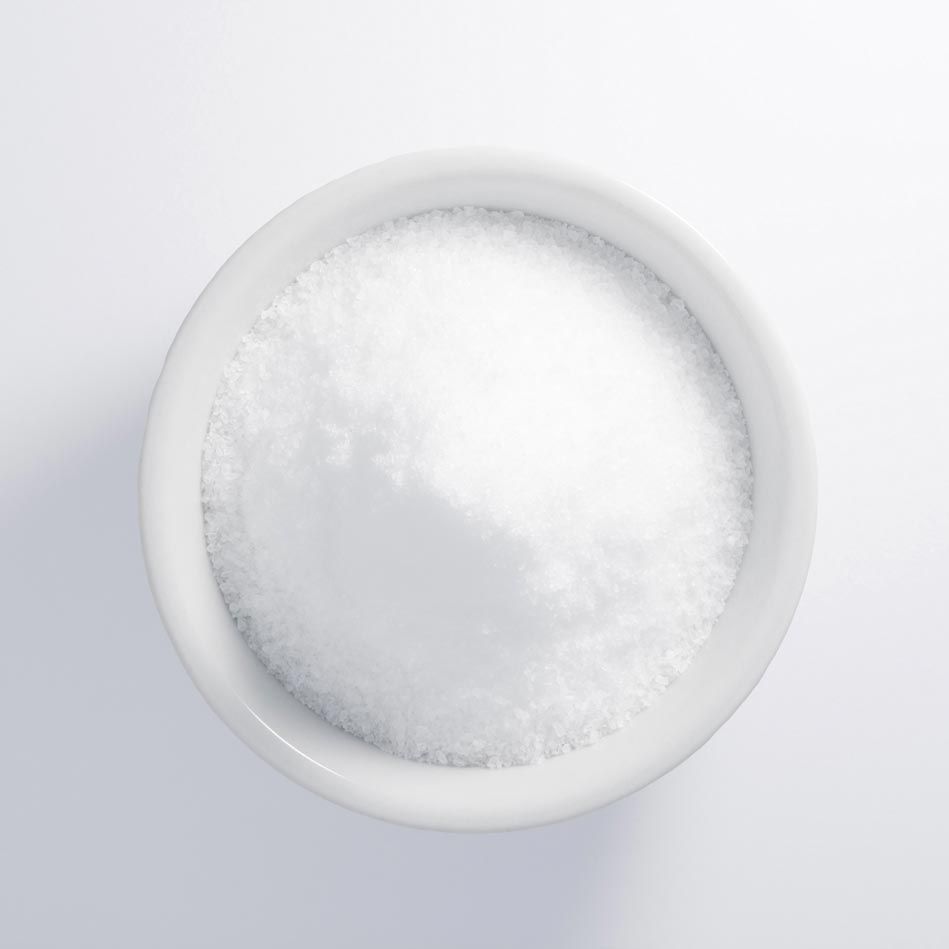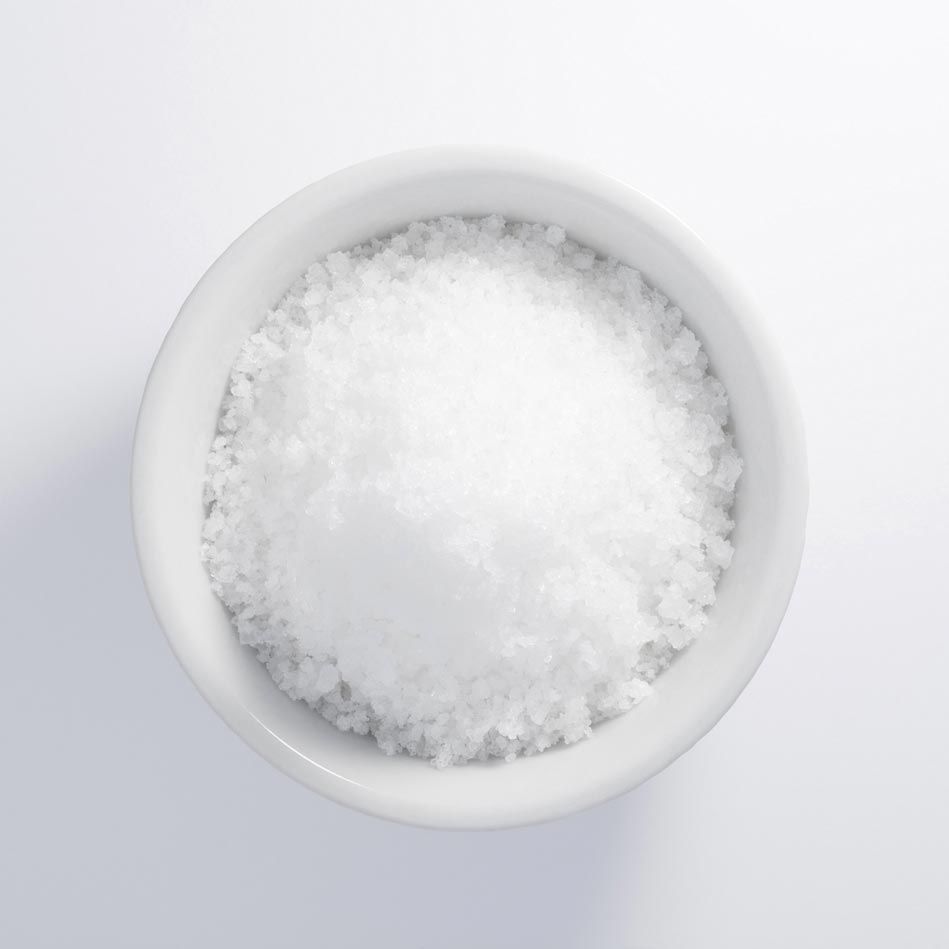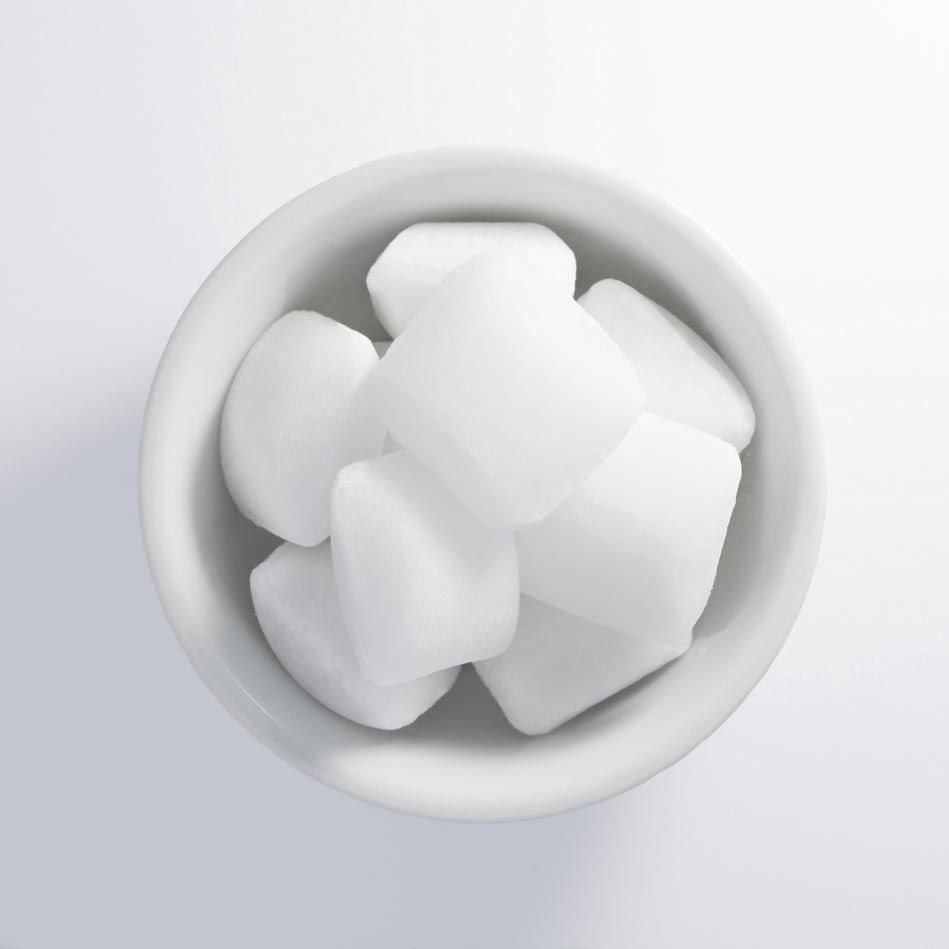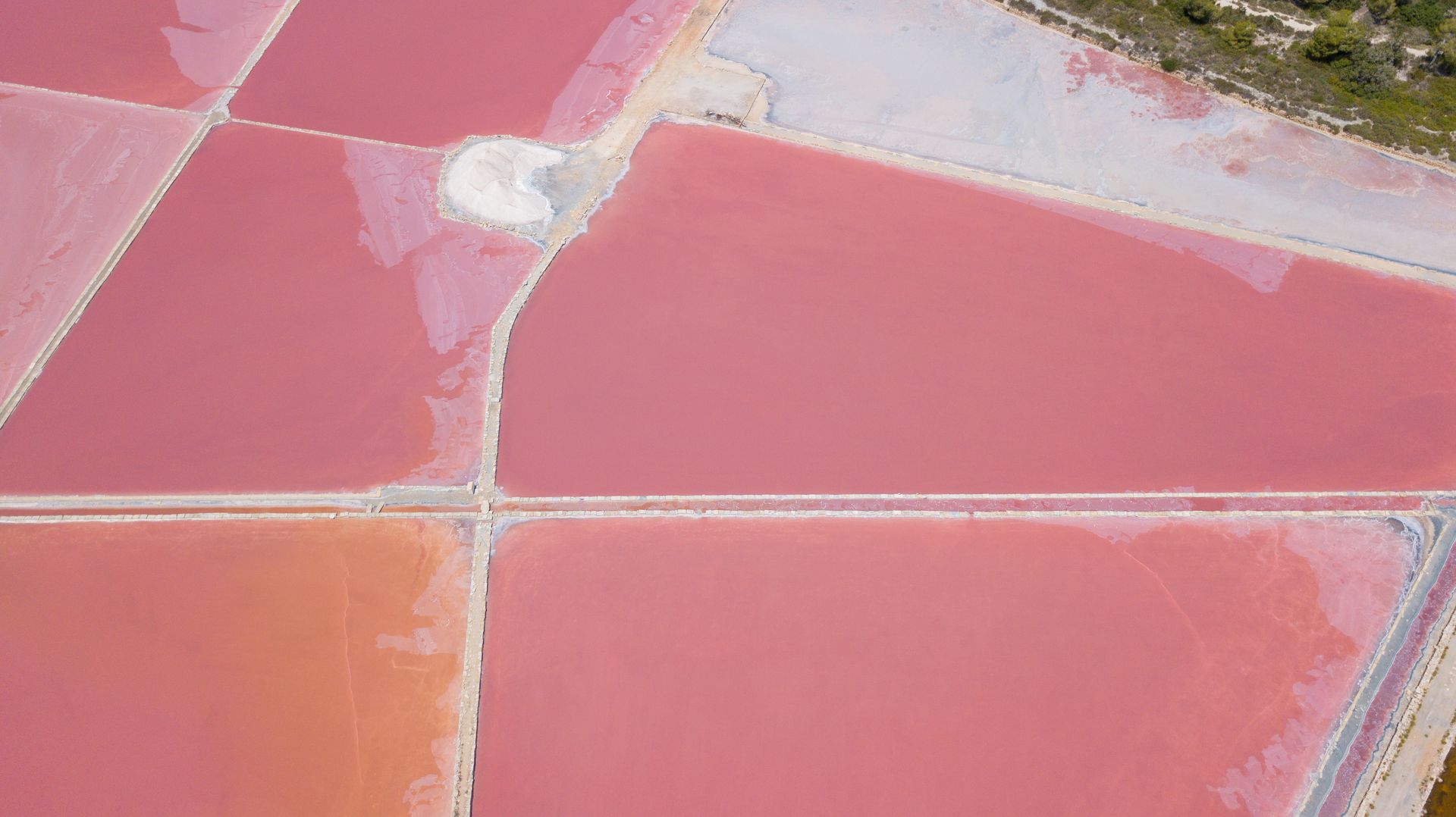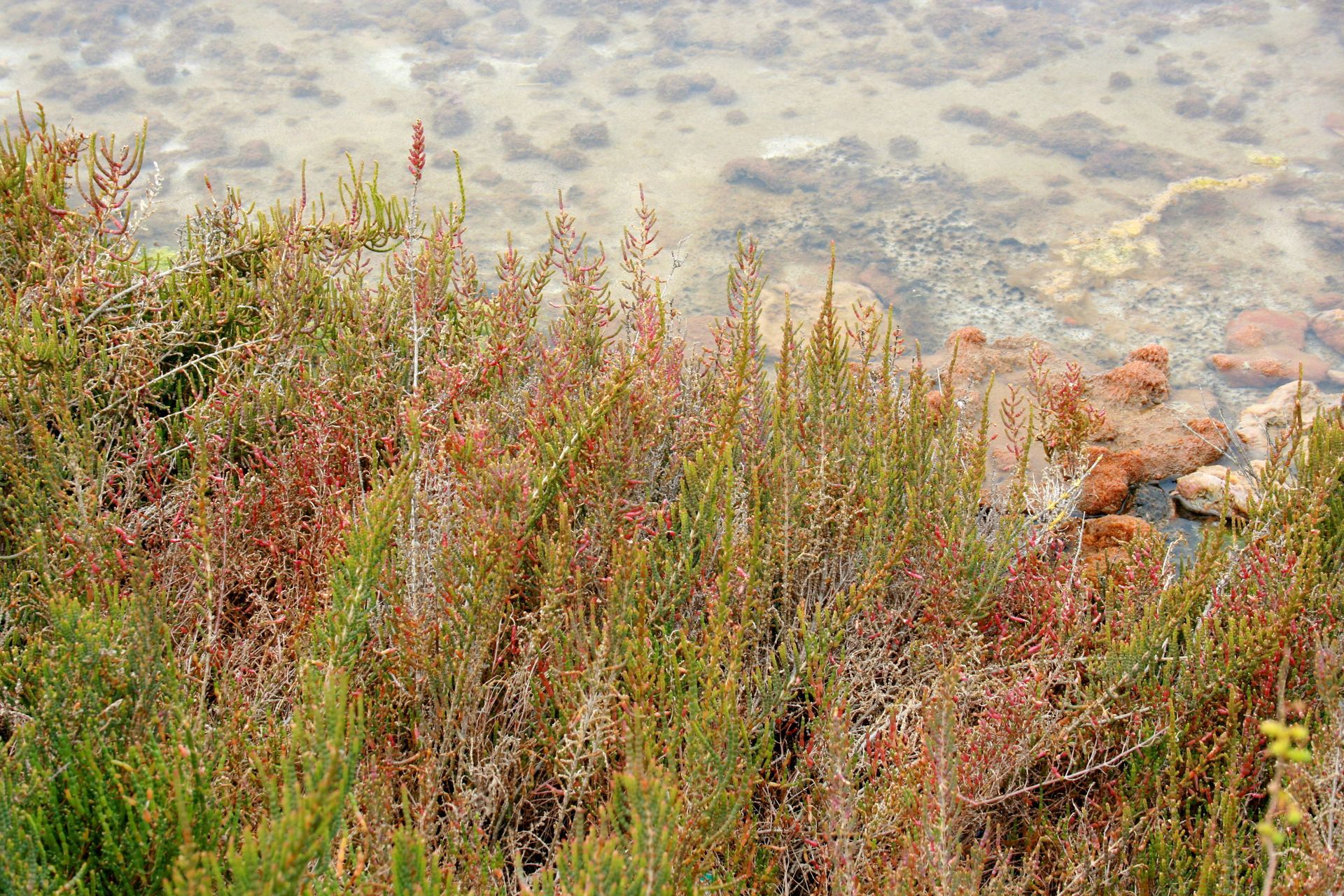History
The Salinas de Sa Vall are the second oldest in the world (4th century BC) since their exploitation was started by Punic merchants followed by Romans, Byzantines, Arabs and Christians.
Its location on an old lagoon separated from the sea by the Estanys beach and a string of unconsolidated sand dunes that act as a permeable barrier, allowed the communication of seawater in the ponds). Salt has traditionally been a product in great demand by societies throughout history, since, in addition to its nutritional use, it was also traditionally used as a food preservative.
These two reasons, that is, the demand for salt and the conditions of the terrain, have led to the s'Avall salt pans being exploited since time immemorial. The link between this salt mine exploitation and the Punic settlement on the islet of Na Guardis from the 4th century BC, confirms that they are the oldest salt mines on the island and that the rest of the island's salt mines are exploited.
KNOW MORE...
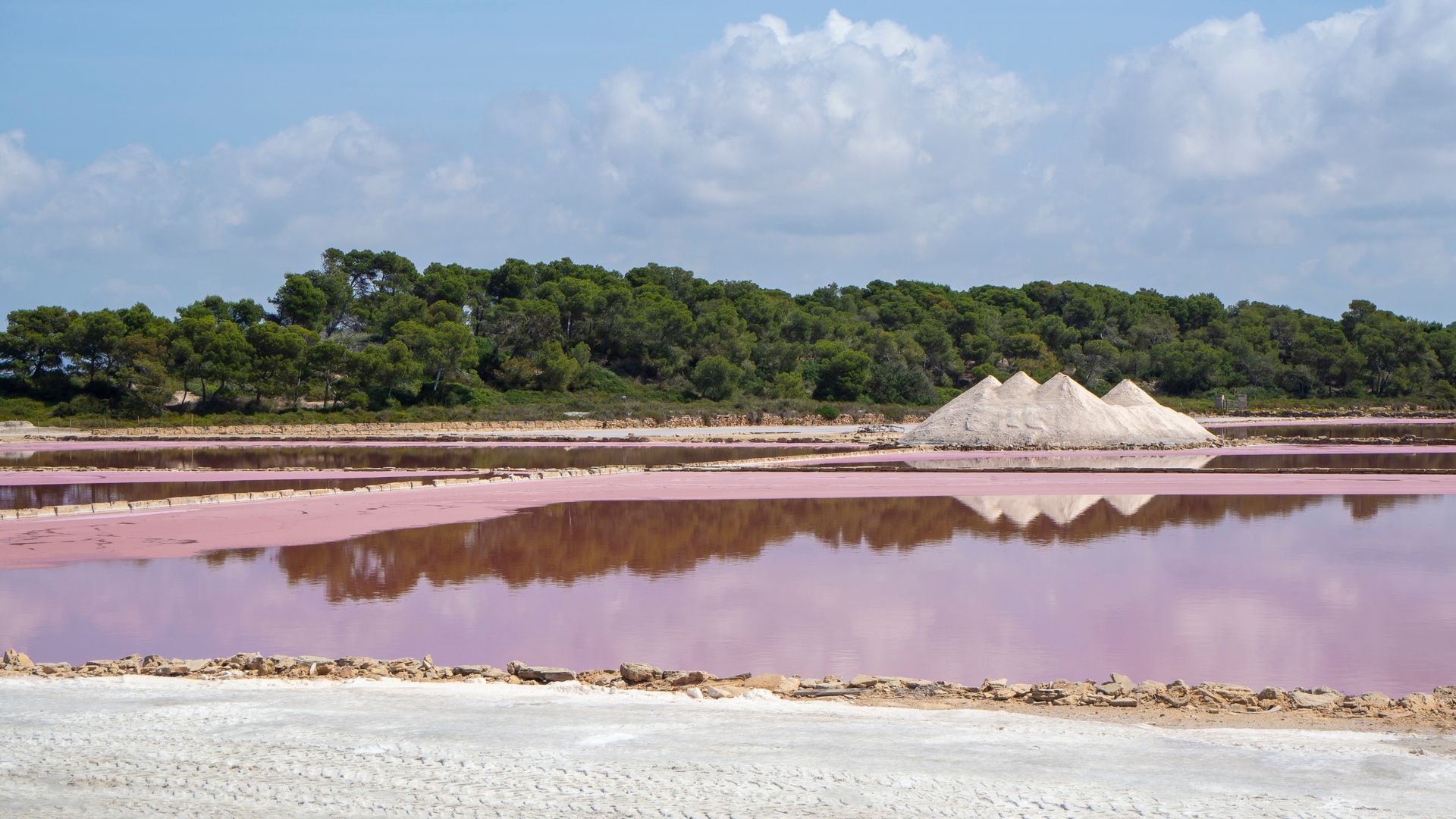
Our rooms
With a soft sea breeze, low humidity and abundant sun, they create ideal conditions for the natural evaporation of water. Thanks to these conditions, in addition to the application of traditional techniques, some very valuable salt crystals are harvested.
By thermosolar evaporation of Sea Salt or by thermocompression of Vacuum Salt, we can classify the different types of salts according to their applications and different uses. The most commonly used salts are sea salts. Due to their greater organoleptic richness and content of mineral salts and trace elements, they offer the consumer multiple advantages over chemically pure salts or vacuum salts.
Types of Salt according to its origin or provenance:
SEA SALT / FLOR DE SAL / DRY SALTS / VACUUM SALT
KNOW MORE...
ecological importance
The accumulation of brine shrimp is produced by an increase in the salinity and temperature of the water. This makes artificial lagoons look rosy weeks before they dry up completely and the salt can be extracted.
KNOW MORE...



